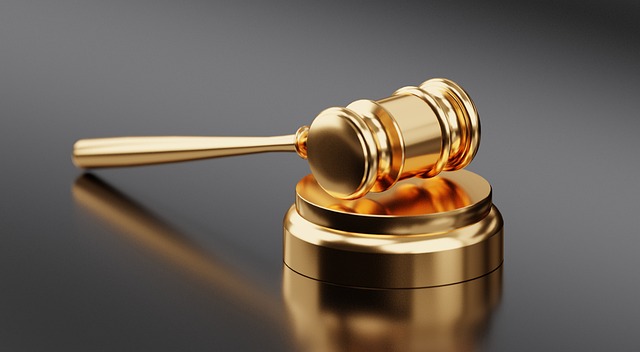
The head of the nation is the President of India, who is duly elected and acknowledged as such. In addition to serving as the commander in chief of the Indian Armed Forces, the president has the title of head of state.
With the implementation of the country’s constitution on January 26, 1950, India became a republic, and the president’s office was established. The electoral college, which includes the legislative assemblies of all Indian states and territories as well as the two chambers of the Indian Parliament, which are all directly elected, is used to elect the president indirectly.
You should be well-versed with the President of India if you’re a student preparing for the Judiciary or an aspiring judge. However, how is the Indian President elected? What are the eligibility requirements and the election process?
President: About
The first chief of state is the president of India. Being acknowledged as India’s first citizen, he is revered as a representation of the country’s cohesion, solidarity, and integrity. Along with the Vice-President, the Prime Minister, the Council of Ministers, and the Attorney General of India, he is a member of the Union Executive.
Getting Elected as President: Eligibility
There are a few main requirements discussed by various expert teachers by RJS Coaching institute listed in Article 58 of the Constitution of India that must be fulfilled in order to be elected president. To be eligible for nomination as president of India:
- Should be a citizen of India
- Must be older than thirty-five years of age
- Be eligible to hold a seat in the Lok Sabha
- Must not be the owner of any profit-making organization funded by the federal, state, or local governments, or by any other entity under their jurisdiction.
If a person has a profit-generating position in the Indian government, the government of any Indian state, or any local or other authority that is governed by any government’s regulations, they are ineligible to run for president.
Nonetheless, very few people with fixed positions are allowed to run for president. These are the following:
- The vice president in charge
- Any state governor in India
- A Union or state minister in India (prime minister as well as chief ministers included)
Getting Elected as President: Election Procedure
Members of the Lok Sabha, Rajya Sabha, as well as Vidhan Sabha, comprise the electoral college that selects the Indian president instead of the people directly. A secret ballot mechanism is used during the election process. The election procedure that is discussed by various RJS Coaching institute are as follows:
- The candidate needs 50 proposers and 50 seconders from the electorate in order to successfully nominate himself in the election. Following nomination, the nominee must deposit INR 15,000 as security with the Reserve Bank of India. The security money is forfeited if a candidate doesn’t receive a minimum of one-sixth of the votes that were cast.
- The single transferable vote (STV) system is used to conduct the election after the nomination process and security deposit have been completed. Not every elector casts an equal number of votes due to the usage of a secret ballot mechanism. This voting method is distinct from the others.
- The election is conducted according to a premise that states that the total number of votes cast by members of Parliament and State legislators will be equal. Moreover, legislators from larger states are entitled to cast a greater number of votes than legislators from smaller states. Finally, the concept also stipulates that a state may cast more votes if its legislative population is smaller. A state can cast fewer votes if it has more legislators.
- The candidate who receives more votes than a predetermined threshold wins the election. It differs from the customary procedures in which the winner is the candidate who receives the most votes.
- The oath or affirmation is the last stage after the presidential election winner has been announced. Before assuming his position as President of India, it is taken in front of the Chief Justice of India.
India’s government continues to operate under the cabinet model. As a result, having a capable leader is essential to managing the nation. But it would get very complicated if presidents were picked directly. In actuality, it would be a disaster since the general public lacks’ complete knowledge of how the presidency operates and whether a candidate fits the mold of a president.
Unlike other elections, the presidential election process is very drawn out and intricate. Since this is unique, questions about it are frequently found in judicial exams. Make sure your RJS Coaching study materials cover the President of India topic, and commit the entire procedure to memory.









